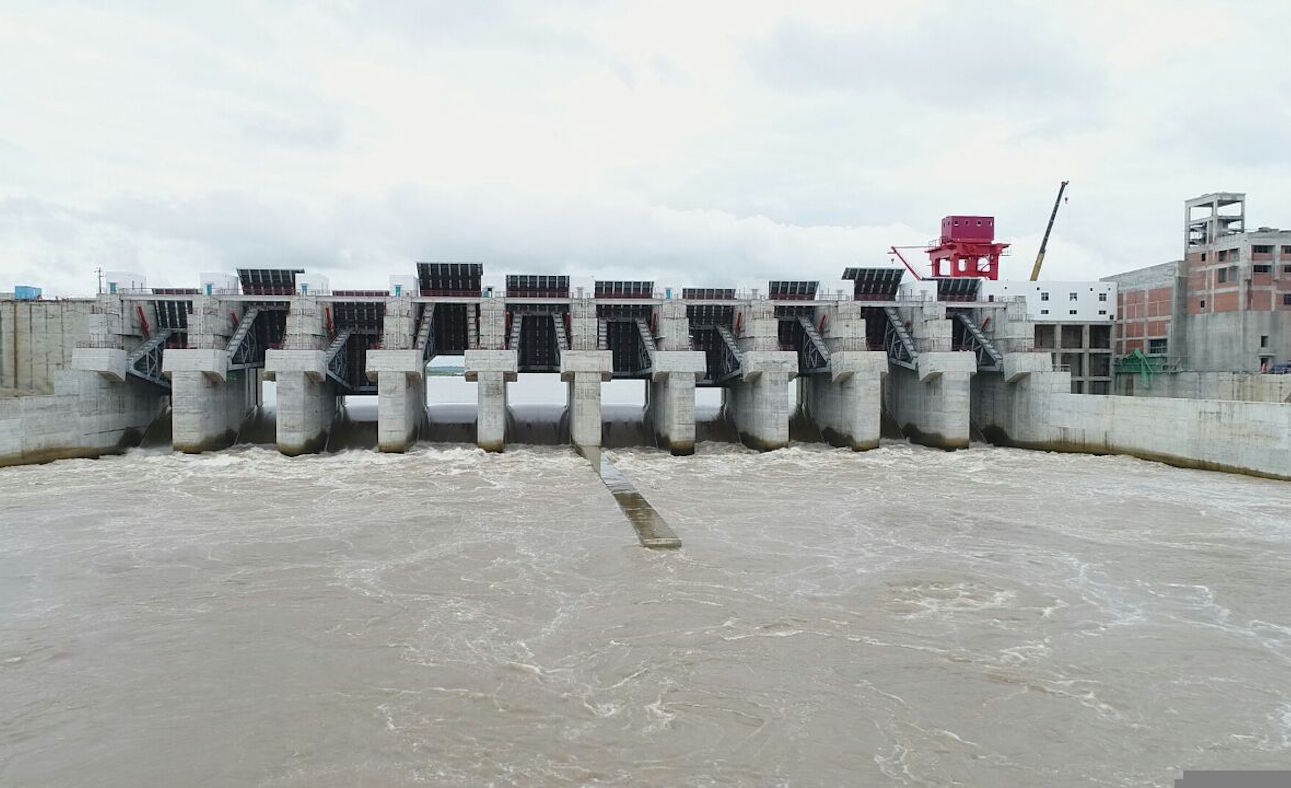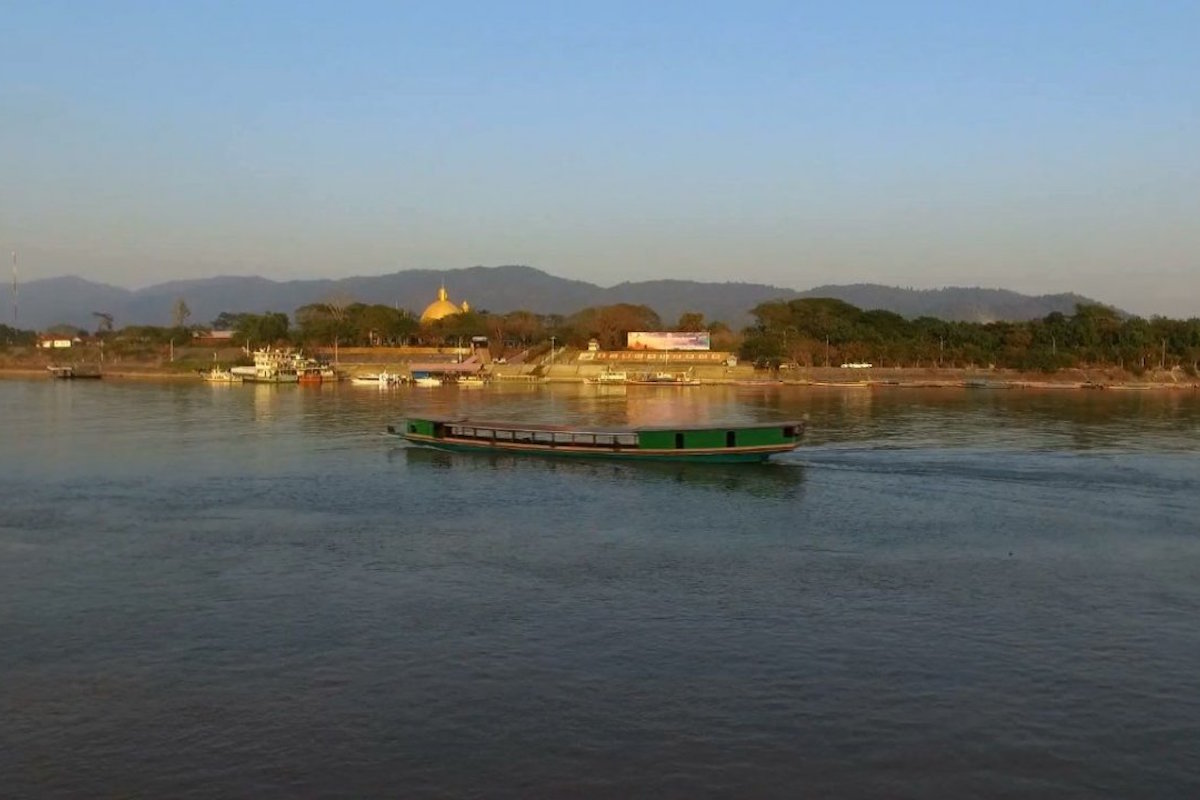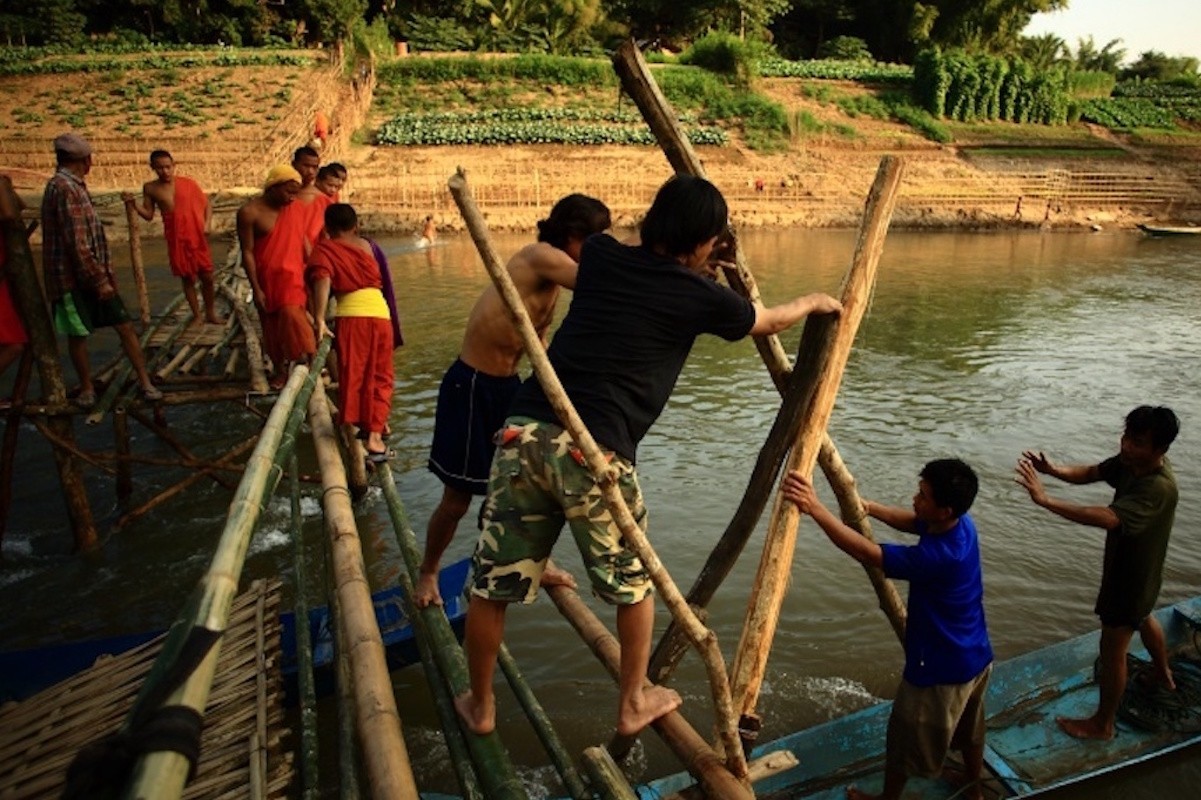Dams in the Mekong Basin are mostly planned project-by-project and without strategic analysis of their cumulative impacts on river processes such as sediment connectivity. We analyse missed and future opportunities for reducing hydropower impacts on sediment connectivity through strategic planning of dams in the Se Kong, Se San and Sre Pok (‘3S’) tributaries of the lower Mekong, which are critically important as a source of sand for the Mekong Delta. With strategic planning, 68% of the hydropower potential of the 3S Basin could have been developed while trapping 21% of the basin’s sand load. The current dam portfolio resulting from project-by-project planning uses 54% of the hydropower potential while trapping 91% of the sand load. Results from the 3S demonstrate that strategic network-scale planning is crucial for developing lower-impact hydropower, a relevant finding given the at least 3,700 major dams that are proposed worldwide.
Hydropower and sand connectivity in the Mekong

WEEKLY NEWS DIGEST
RECEIVE NEWS BY EMAIL. VIEW PAST EDITIONS
Related Posts
Transboundary haze: The hidden price of cheap maize
December 30, 2020
Industrial maize farming in Myanmar’s Shan State is devastating families and landscapes as well as fuelling ever-increasing levels of transboundary haze, generating urgent calls for serious changes to animal feed supply chains.
Mekong nations agree to share information
March 5, 2018
Guidelines to be formulated this week on how to share information and technology to jointly manage the transnational river.
Grave concern-uncertain action: Mekong Eye's MRC 3rd Summit news roundup
April 6, 2018
After a two-day international conference and two days of ministerial meetings, the story out of Siam Reap this week is of escalating problems, but uncertainty about actions.




